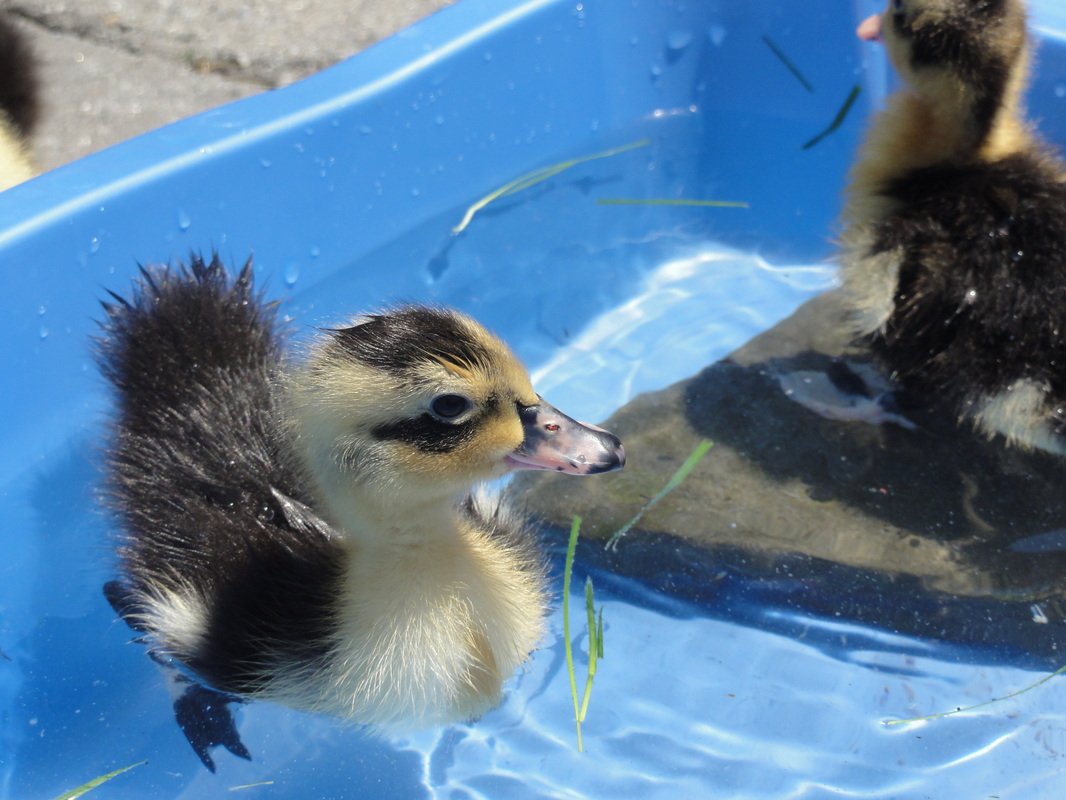Magpie Ducks
“He was so benevolent, so merciful a man that, in his mistaken passion, he would have held an umbrella over a duck in a shower of rain.”
We slowly began our adventure in conservancy in 2013, when an odd set of circumstances put us in position to obtain 4 Magpie Ducklings. Our intent is to focus on small, quality breedings and education about the breed with hopes to increase interest and popularity.
The Magpie fits into our plans and our farm perfectly. They are black and white, great egg layers, and a smaller, friendly bird. They are a perfect choice to be our first residents on the pond.
Hatching begins after Easter and continues through July. Contact us to be placed on the waitlist for ducklings.
Day olds and young ducklings on heat are $15.00 each - available May through August
Shipping of day old chicks by Express Mail available for an additional $70.00, minimum order of 8 ducklings required, pre-order required to ensure the correct hatch size
Ducklings over 3 weeks old and off heat are $30.00 each - available May-August
Ducks over 3 months of age and outside are $50.00 each - these are the only ducks that will be sold sexed, and will only be available in limited quantities in early Fall.
Hatching eggs are available for pick up and shipping when we have overflow from our hatch schedule. Eggs are $5 each and ship via Priority Mail for $18/dozen.
Breed Basics
Class: Light
Type: Dual-Purpose
Size: 4-5 lbs.
Rarity: Uncommon
Purpose: Eggs, Meat, Foraging
Recognized Varieties: Black, Blue, Silver, Chocolate
Fancy Features
Appearance: Upright carriage, white and colored plumage
Diet: Grass, seeds, insects, slugs, snails
Abilities: Nearly flightless, can jump up to 3 feet
Egg Facts
Egg Laying: Excellent (220-290/yr)
Egg Color: White
Egg Size: Large
Suitability to Backyard Life
Hardy In Winter: Yes
Confinement: Bears confinement well
Especially Docile: Yes
Setter/Broody: No
Personality: Active, non-flighty, suspicious but not shy





